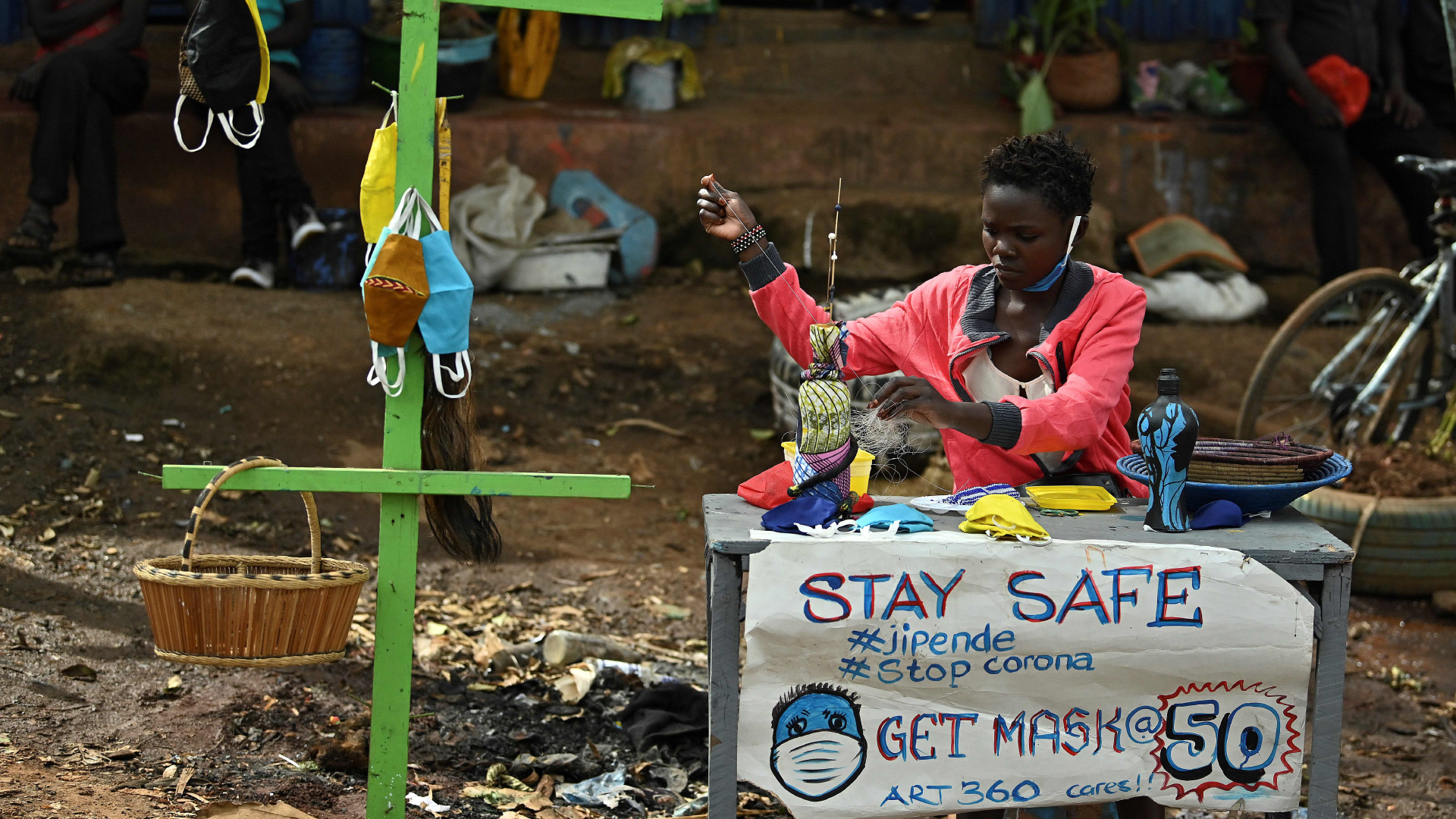Covid-19 is putting pressure on the government in Kenya. The crisis has forced it to increase borrowing, and the IMF said earlier in May that this has put the country at a ‘high risk’ of debt distress.
The government’s debt burden appears to be sustainable for now. But a global recession and increased servicing costs are likely to put financial pressure on the government in the coming years. This, plus rising social discontent from economic hardship, has the potential to destabilise the government. This is most likely to manifest in protests or unrest. But regime collapse is also an outlier scenario.
Covid-19 is already hitting Kenya’s economy, albeit not as hard as in many other countries. The IMF recently said it anticipates that the Kenyan economy will grow by 1% in 2020 (down from a pre-Covid-19 forecast of 6%). In comparison, it says the South African and Nigerian economies will retract by 5.8% and 3.4% respectively in 2020. Significantly though, the crisis will limit the government’s ability to access foreign currency. Exports of produce such as fruit, herbs, flowers, coffee and tea – a key source of cash for the government – have fallen significantly. Tourism has also collapsed.
Kenya’s financial position is not problematic in and of itself. The IMF has forecast that the country’s debt will rise from 62.4% to 68.2% of GDP due to pandemic. But it said that debt levels will ‘remain sustainable’. The future cost of debt servicing obligations is potentially problematic, however. The treasury has said that it anticipates debt servicing costs will rise to 905 billion shillings (around $8.5 billion) next financial year, from around 600 billion shillings last year. This is more than triple the amount that the 2020-21 budget allocated to healthcare spending.
Although the Kenyan government has long been one of the most financially secure in Africa, it has been forced to limit spending and take on extra borrowing due to Covid-19. To fund its health response and a $1.9 billion economic relief package, it has borrowed almost $800m in additional cash from the IMF and World Bank. And the finance minister has said he is liaising with lenders for debt relief, but has not made any announcements. China reportedly holds around 70% of Kenya’s non-institutional debt.
The ongoing health and economic impacts of Covid-19 are likely to make it difficult for the Kenyan government to sustain current levels of spending in the medium and longer term. President Kenyatta has increased borrowing, particularly from China, to fund infrastructure and healthcare programmes in the past seven years. But the crisis is likely to mean that the government will either need to cut spending or borrow further (or most likely, both) to maintain many state functions, such as services and public sector wages.
This financial pressure, plus social discontent from the hardship caused by containment measures, has the potential to destabilise security in Kenya. The government has tried to cushion low-earners from the impacts of the crisis for now through tax cuts. But the scale of the informal sector means this will have limited impact. In the coming years, government attempts to cut or rationalise services would probably drive up the risk of protests and unrest. A corruption scandal involving the government, or attempts to reduce the public wage bill are other possible triggers for demonstrations.
We have also previously flagged that a combination of the Covid-19 pandemic, rising debt and social discontent could result in an outlier scenario which threatens government stability. For now, Kenya’s financial position suggests that the government is likely to be able to weather the impacts of the crisis. But we are monitoring for events that suggest the government is not coping, and which would be indicative of an increased risk of instability. These include an enduring bout of widespread protests and unrest and missed security force wage payments.
Image: A street vendor sells face masks in Kibera in Nairobi on 14 April 2020; Tony Karumba/AFP via Getty Images







